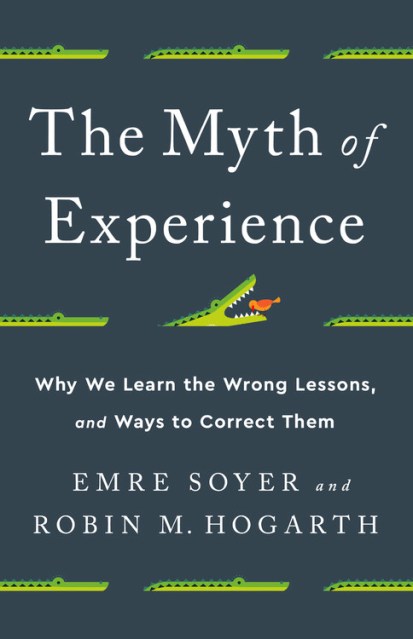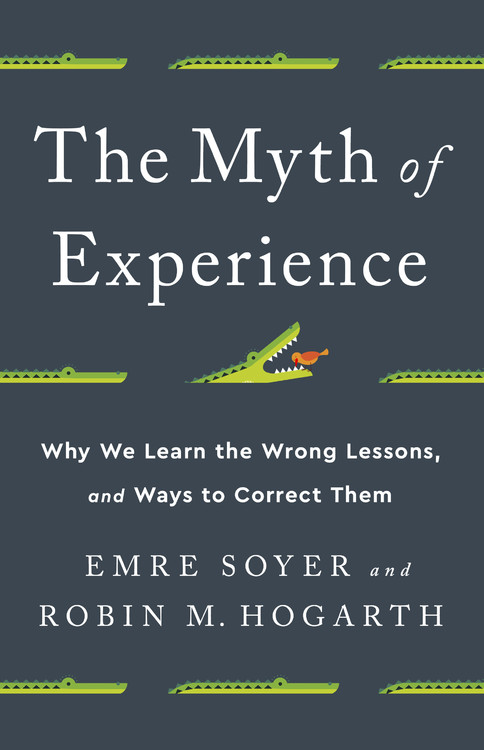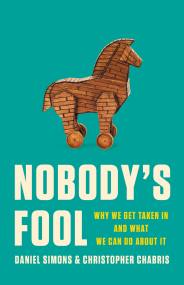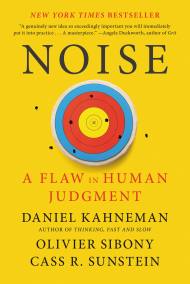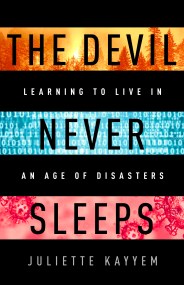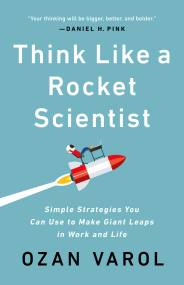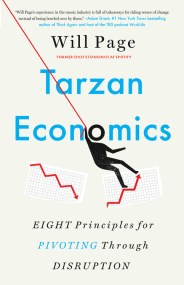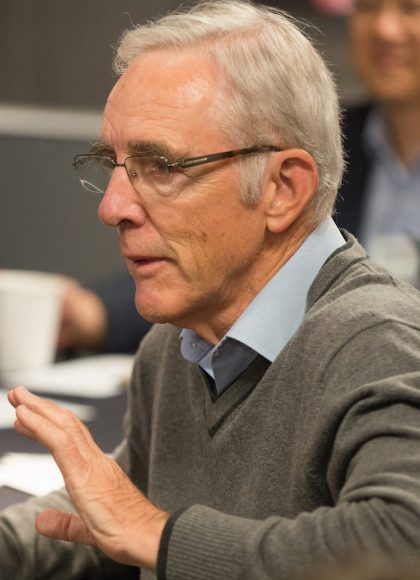Promotion
Use code MOM24 for 20% off site wide + free shipping over $45
The Myth of Experience
Why We Learn the Wrong Lessons, and Ways to Correct Them
Contributors
By Emre Soyer
Formats and Prices
Price
$28.00Price
$35.00 CADFormat
Format:
- Hardcover $28.00 $35.00 CAD
- ebook $17.99 $22.99 CAD
- Audiobook Download (Unabridged)
This item is a preorder. Your payment method will be charged immediately, and the product is expected to ship on or around September 1, 2020. This date is subject to change due to shipping delays beyond our control.
Also available from:
Experience is a great teacher . . . except when it isn’t. In this groundbreaking guide, learn how the past can deceive and limit us — and how healthy skepticism can build a better world.
Our personal experience is key to who we are and what we do. We judge others by their experience and are judged by ours. Society venerates experience. From doctors to teachers to managers to presidents, the more experience the better. It’s not surprising then, that we often fall back on experience when making decisions, an easy way to make judgements about the future, a constant teacher that provides clear lessons. Yet, this intuitive reliance on experience is misplaced.
In The Myth of Experience, behavioral scientists Emre Soyer and Robin Hogarth take a transformative look at experience and the many ways it deceives and misleads us. From distorting the past to limiting creativity to reducing happiness, experience can cause misperceptions and then reinforce them without our awareness. Instead, the authors argue for a nuanced approach, where a healthy skepticism toward the lessons of experience results in more reliable decisions and sustainable growth.
Soyer and Hogarth illustrate the flaws of experience — with real-life examples from bloodletting to personal computers to pandemics — and distill cutting-edge research as a guide to decision-making, as well as provide the remedies needed to improve our judgments and choices in the workplace and beyond.
Genre:
- On Sale
- Sep 1, 2020
- Page Count
- 272 pages
- Publisher
- PublicAffairs
- ISBN-13
- 9781541742055
Newsletter Signup
By clicking ‘Sign Up,’ I acknowledge that I have read and agree to Hachette Book Group’s Privacy Policy and Terms of Use
